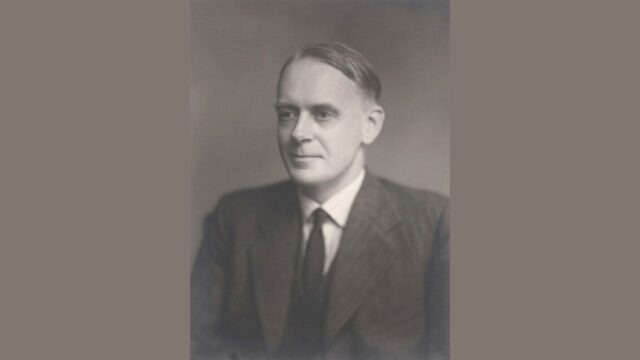
Who was John Hicks?
John Hicks was a British economist who was awarded the Nobel Prize in Economics in 1972. He is best known for his work on welfare economics and consumer demand, and he also made significant contributions to the theory of economic growth. Hicks’s work on welfare economics helped to develop the concept of the “compensation principle,” which states that a person can be considered to be better off if they can be compensated for any losses they experience.
This principle has been highly influential in public policy debates, particularly with regard to environmental regulations. Hicks’s work on consumer demand led him to develop the “Hicksian demand function,” which is still used by economists today to study how changes in prices and incomes affect consumer behavior. In addition to his theoretical work, Hicks also wrote widely on applied economic topics such as unemployment, taxation, and international trade.
His book “Value and Capital” is considered to be one of the most important works in microeconomics, and it continues to be widely studied by economists today.
What books did John Hicks write?
John Hicks is the author of over forty books, including biographies, novels, and works of nonfiction. His first book, The Assassination of John F. Kennedy: A Conspiracy Theory, was published in 1975. He followed this with a series of successful thrillers, including The Extortionist and The Shortcut. In addition to his fiction writing, Hicks has also authored several books on history and politics, including The History of the American Revolution and The Hicks-McCoy Feud. His most recent work is a biography of President Abraham Lincoln. Whether writing about politics or history, fiction or nonfiction, John Hicks is an accomplished author whose work is well worth reading.
What awards did John Hicks win?
In his lifetime, British economist John Hicks won numerous awards and accolades for his work in the field of economics. In 1972, he was awarded the Nobel Prize in Economics, along with Kenneth Arrow, for their “pioneering contribution to general equilibrium theory and welfare theory.” He was also a recipient of the Order of the Companions of Honour and the Order of the British Empire. In addition, he was a Fellow of the British Academy and an honorary member of the American Academy of Arts and Sciences. His many contributions to economics helped to shape the field as we know it today, and his legacy continues to inspire new generations of economists.
How did john hick define income?
John Hicks defined income as “the money that a person receives in exchange for the sale of goods or services.” In other words, income is the money that someone earns by working. This can include wages, salaries, tips, commissions, and other forms of payment. While income is usually associated with work, it can also come from other sources, such as investments or gifts. Regardless of its source, income is an important part of many people’s lives. It provides the funds necessary to pay for food, shelter, and other basic needs. It can also be used to purchase luxuries or save for the future. Income plays a vital role in both individuals’ and societies’ well-being, which is why economists often study it so closely.
What is hicks theory of trade cycle?
Hicks’ theory of trade cycles is an attempt to explain the fluctuations that occur in capitalist economies. The theory centers around the idea that there are two types of aggregate demand: “effective” and “ineffective.” Effective demand is what is needed to purchase the output of the economy, while ineffective demand is only enough to purchase some of the output. When effective demand is greater than output, businesses will invest in order to increase production.
This will lead to higher employment and incomes, which will then increase consumption and spur further investment. However, at some point the economy will reach a point where effective demand begins to fall short of output. At this point, businesses will cut back on investment and employment will start to decline. This will cause a decrease in incomes and consumption, leading to even further cuts in investment and employment. The result is a downward spiral known as a “trade cycle.” Hicks’ theory provides a framework for understanding how these cycles occur and how they can be resolved.


































